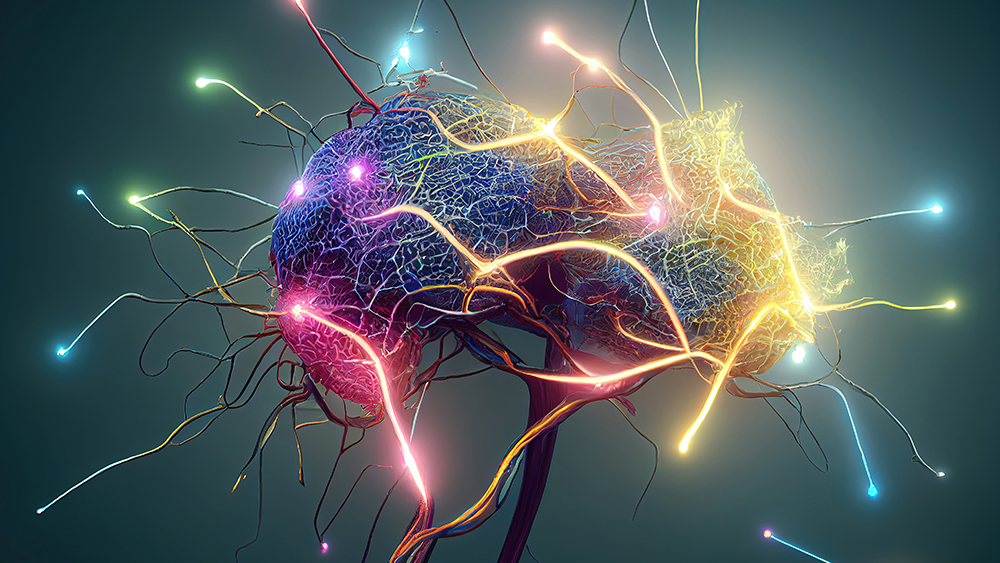
Coating made from squid could give fabrics self-healing ability
Researchers from Penn State University developed a coating that would provide any kind of fabric the ability to repair itself. The coating was derived from a structural protein found in the SRT.
The tentacles of a squid have suction cups with SRT. Squids use SRT to hunt for food and grip onto a surface. However, unlike other animals, the squid’s "teeth" are not made from mineral deposits. Instead, they are made entirely out of proteins.
SRT proteins can be combined in different ways to create various materials with different properties. For instance, these proteins can be put together in a way that makes a material electrically conductive or, in this case, have healing properties or prevent fabric abrasion during washing.
Microfibers are one of the major sources of plastic pollution. During machine washing, these fibers often detach from clothing items due to abrasion. However, the addition of a layer of SRT coating could provide a barrier that would prevent microfibers from detaching during washing. Moreover, the added coating could make fabrics more durable.
“The coatings are thin, less than a micron, so they wouldn’t be noticed in everyday wear," said Melik Demirel, lead author of the study. "Even thin, they increase the overall strength of the material. For the first time, we are making self-healing textiles."
The coating could also be used to manufacture improved versions of safety wear. Hazmat suits could be modified to change in color when it comes into contact with excessive levels of dangerous chemicals.
“SRT photonics are biocompatible and biodegradable, so could be used to make not only wearable health monitors but also implantable devices for biosensing and biodetection,” Demirel added.
A primary advantage of SRT is that scientists figured out a way to manufacture it using renewable resources. There is no need to kill squids to obtain SRT protein. Instead, it is cultivated in a laboratory using modified Escherichia coli bacteria. The method of making the protein is akin to the fermentation process. Some of the ingredients include sugar, water, and oxygen to produce biopolymers.
“Scaling up these materials requires additional work,” said Melik. “We are now working on the processing technology of these materials so that we can make them available in industrial manufacturing processes.”
What are microplastics?
Microplastics are tiny plastics measuring less than five millimeters long. They come from a wide variety of sources, including larger plastic that disintegrated into smaller pieces and microbeads. Microbeads are polyethylene plastics that were manufactured for the health and beauty industry. They can be found in some exfoliating cleansers and toothpaste.
These microbeads pass through most filtration systems and make their way to oceans and other bodies of water. These plastics are known to harm aquatic animals and birds because they often mistake microplastics for food. (Related: Microplastic pollution is the REAL threat to our oceans, warn scientists.)
In a recent survey done in the U.K., researchers found that all marine animals have ingested some form of microplastic – from tiny zooplankton and fish larvae to turtles and marine mammals.
In an effort to reduce microplastic pollution, during his term, former U.S. President Barack Obama signed the Microbead-Free Waters Act of 2015, which prohibits the addition of microbeads in cosmetics and personal care products.
For more news and stories about protein and its different technological applications, visit FutureScienceNews.com.
Sources include:
Please contact us for more information.























